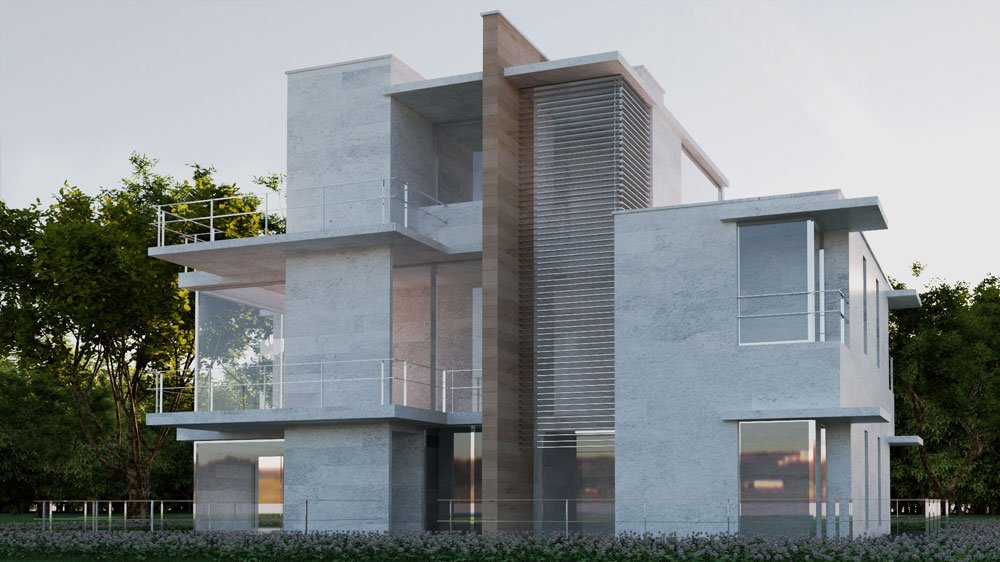Your basket is currently empty!
From Concept to Reality: The Process of Architectural Visualization
Architectural visualization plays a crucial role in bringing architectural concepts to life. It allows architects, designers, and clients to visualize and communicate design ideas with clarity and realism. This article delves into the process of architectural visualization, exploring the steps involved in transforming architectural concepts into stunning visual representations that bridge the gap between imagination and reality.

Step 1: Conceptualization and Design Brief
The process begins with conceptualization and a thorough understanding of the design brief. Architects and designers collaborate with clients to gather requirements, preferences, and project objectives. This step lays the foundation for creating a visualization that accurately represents the envisioned design.
Step 2: 3D Modeling and Texturing
The next step involves creating a 3D model of the architectural design. Architects use specialized software to develop a digital representation of the building, including its structure, elements, and spatial relationships. Texturing is applied to the model, adding materials, colors, and textures to simulate real-world surfaces.
Step 3: Lighting and Material Refinement
Lighting plays a crucial role in architectural visualization, setting the mood and enhancing realism. Architects strategically place virtual lights within the digital model to simulate natural and artificial lighting conditions. Material refinement involves adjusting the properties of textures to accurately represent how light interacts with different surfaces.
Step 4: Camera Placement and Composition
Architectural visualization requires careful consideration of camera placement and composition. Architects select viewpoints that highlight the design’s key features and perspectives that effectively communicate the intended spatial experience. Composition techniques, such as framing, rule of thirds, and leading lines, are employed to create visually pleasing and impactful images.
Step 5: Rendering and Photorealistic Enhancement
Rendering is the process of generating the final visual representation from the 3D model. High-quality rendering software is used to calculate lighting, shadows, reflections, and other visual effects. Photorealistic enhancement techniques, such as post-processing and image editing, are applied to refine the final output and achieve a realistic and visually stunning result.
Step 6: Presentation and Client Feedback
Once the visualizations are ready, architects present them to clients for feedback and review. This step allows clients to evaluate the design, provide input, and make informed decisions. Feedback from clients is incorporated into the visualization process to ensure the final result aligns with their vision and requirements.
Step 7: Iteration and Refinement
Based on client feedback, iterations and refinements are made to the visualizations. Adjustments may include modifying design elements, textures, lighting, or composition to better align with client preferences and project goals. This iterative process continues until the final visualizations accurately represent the desired design.
Architectural visualization is a powerful tool that transforms architectural concepts into visual representations that bridge the gap between imagination and reality. Through the process of conceptualization, 3D modeling, texturing, lighting, camera placement, rendering, and client feedback, architects and designers can create stunning visualizations that accurately communicate design ideas. The process of architectural visualization enhances collaboration, enables informed decision-making, and ultimately helps bring architectural concepts to life. By harnessing the capabilities of advanced software and visualization techniques, architects can present their designs with clarity, realism, and artistic expression, paving the way for successful architectural projects.
Leave a Reply